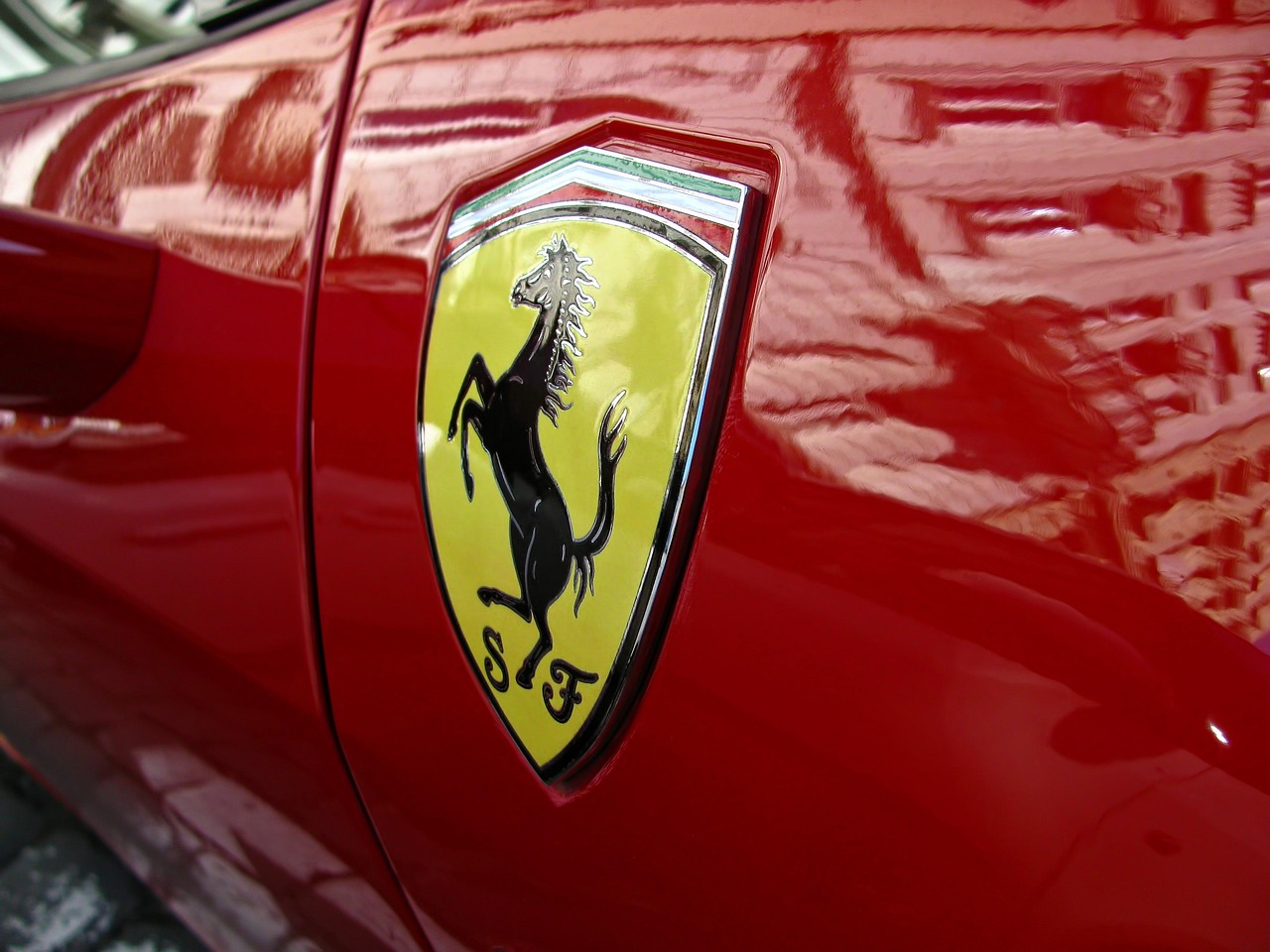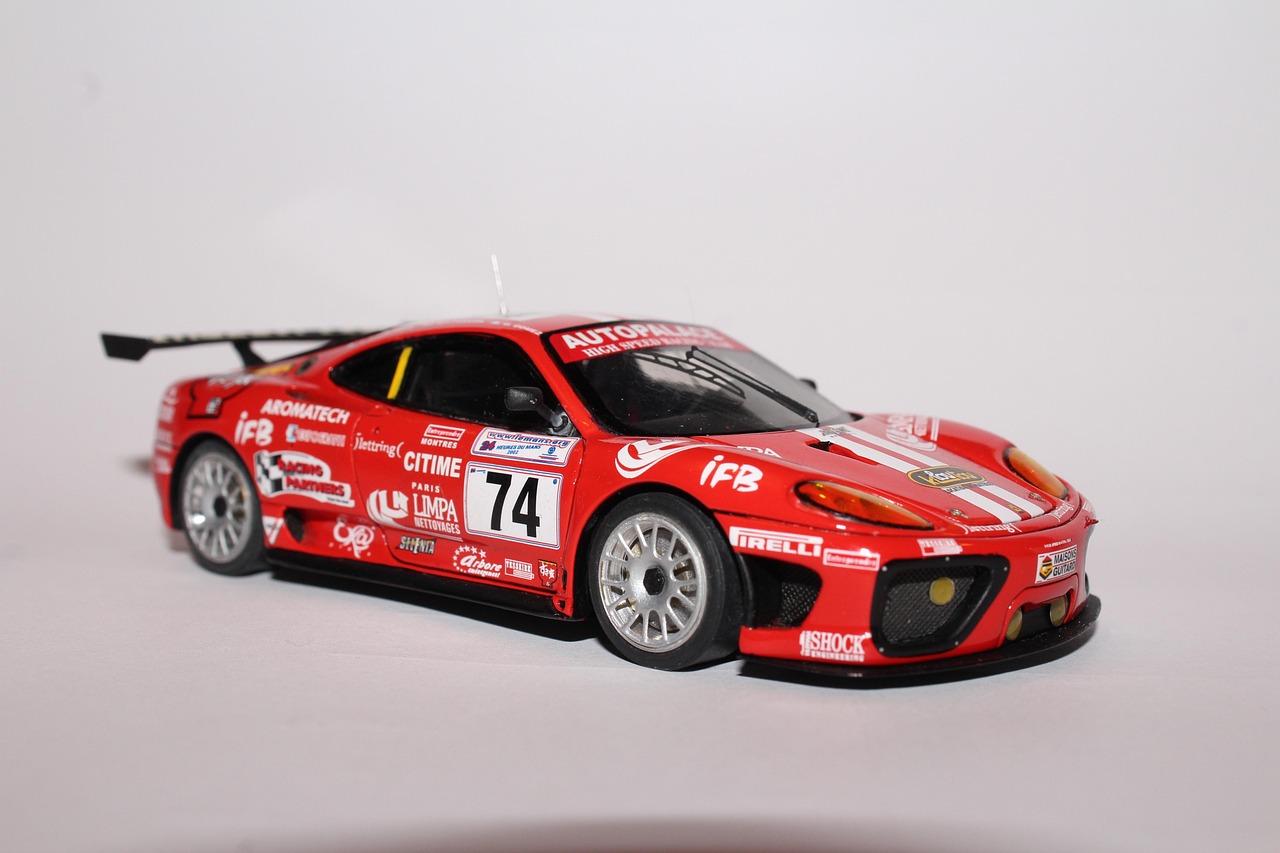
Ferrari’s Transformation Into A Luxury Brand
Ferrari is increasingly resembling Hermès more than a traditional carmaker, shifting its identity toward exclusivity, craftsmanship, and luxury branding. This move leverages Ferrari’s deep-rooted Italian design heritage and racing pedigree, transforming its perception from merely an automotive manufacturer into a symbol of cultural prestige. The company now prioritizes limited production, bespoke customization, and high price points, echoing Hermès’ approach to leather goods and fashion. For instance, Ferrari’s annual output remains tightly capped at around 15, 000 vehicles globally, maintaining scarcity that fuels demand and brand cachet. This strategic pivot is designed to sustain Ferrari’s allure among high-net – worth individuals who value exclusivity as much as performance.
Ferrari’s Challenges In The Electric Vehicle Market
Despite Ferrari’s luxury repositioning, the company faces significant challenges adapting to the electric vehicle (EV) revolution. The transition to EVs requires a fundamental rethinking of technology, manufacturing, and brand identity, especially for a marque synonymous with roaring V12 engines and track performance. Ferrari has committed to electrifying its lineup, aiming for hybrids to represent 60 percent of sales by 2026 and fully electric vehicles by
2030. However, the core question remains whether Ferrari’s brand DNA—intense engine sound, driving dynamics, and combustion heritage—can survive or thrive in a silent, battery-powered future. Industry benchmarks show that Tesla’s Model S Plaid, for example, achieves 0 to 60 mph in under 2 seconds with an electric powertrain, setting a new performance bar. Ferrari must reconcile such benchmarks with its luxury ethos without alienating purist customers.
Maintaining Scarcity To Preserve Brand Value
A key step in Ferrari’s portfolio diversification is maintaining scarcity to preserve brand value. Unlike mass-market carmakers that chase volume, Ferrari restricts its production deliberately to uphold exclusivity. This scarcity strategy creates a secondary market where certain Ferrari models appreciate over time, much like limited-edition Hermès bags. For example, the Ferrari LaFerrari, with just 499 units produced, has seen resale prices exceed original MSRP by more than 50 percent, highlighting how limited supply underpins long-term brand equity. Investors and collectors view Ferrari vehicles not just as transportation but as appreciating assets, making scarcity a central pillar of portfolio diversification within luxury automotive investments.
Leveraging Italian Design For Global Appeal
Ferrari’s portfolio diversification also involves leveraging its Italian design heritage to appeal to a global luxury market. The brand’s design language—characterized by sleek lines, aggressive aerodynamics, and bespoke interiors crafted with premium materials—enhances Ferrari’s reputation beyond performance metrics. This design focus mirrors luxury fashion houses, where craftsmanship and aesthetics drive consumer desire. Ferrari’s collaboration with renowned designers and use of cutting-edge materials like carbon fiber and Alcantara interiors reinforce its craftsmanship credentials. According to industry data, Ferrari’s vehicles command average prices upwards of $300, 000, significantly higher than typical sports cars, underscoring how design and exclusivity drive premium pricing worldwide.
Expanding Into Lifestyle Products And Services
Another diversification step is Ferrari’s expansion into lifestyle products and branded services, echoing Hermès’ strategy of building a comprehensive luxury ecosystem. Ferrari now offers branded apparel, accessories, and even luxury travel experiences that extend the brand into customers’ daily lives. This approach creates multiple revenue streams beyond car sales and deepens customer engagement. For example, Ferrari’s branded merchandise reportedly generated over $100 million in revenue in 2024 alone, a figure that continues to grow as the brand enhances its global footprint. Additionally, Ferrari’s driving academies and exclusive owner clubs provide experiential value, fostering customer loyalty and expanding brand touchpoints across the luxury market.

Balancing Tradition And Innovation For Long Term Growth
The final checklist step in Ferrari’s diversification strategy is balancing tradition with innovation to ensure long-term growth. Ferrari must honor its combustion engine legacy while embracing electrification and digital technologies to remain competitive and relevant. The launch of hybrid models such as the SF90 Stradale, which boasts 986 horsepower and a 0 to 60 mph time of 2.5 seconds, exemplifies this balance. Moreover, Ferrari’s planned full-electric models will need to combine cutting-edge battery technology with the brand’s hallmark performance and style. This dual focus is critical as global EV sales surged 50 percent year-over – year in 2024, accounting for over 15 percent of new vehicle sales worldwide, signaling a market imperative. Ferrari’s success will depend on how skillfully it navigates this transition without diluting its core brand values.

Final Thoughts
Conclusion Ferrari’s Diversification Is A Case Study In Luxury Evolution. Ferrari’s evolution from a pure carmaker to a luxury lifestyle brand presents a compelling case study in portfolio diversification for legacy companies facing disruptive technological shifts. By maintaining scarcity, leveraging Italian design, expanding lifestyle offerings, and balancing tradition with innovation, Ferrari aims to preserve its exclusivity and cultural cachet well into the electric age. The company’s challenge remains significant: to thrive in a market where electric propulsion is rapidly becoming the norm while sustaining the emotional and performance-driven appeal that made Ferrari a global icon. The coming years will reveal whether Ferrari’s strategy can deliver sustained growth and brand strength amid shifting consumer expectations and technological change.
